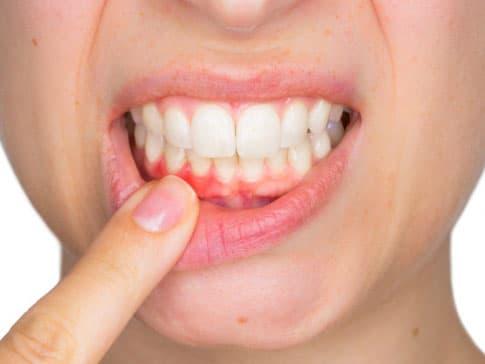
Wisdom
Tooth Extraction is a surgical procedure performed to remove four permanent
twenty-year-old teeth located at the top and bottom in the back corners of your
mouth.
Wisdom
teeth, or third molars, are the last permanent teeth to appear (come out) in
the mouth. These teeth usually occur between the ages of 17 and 25. These teeth
can remain buried because usually cannot complete normal development in the
mouth area. If there is not enough space for the tooth to come out, it is often
difficult to reach it and clean it properly.
Even
if it doesn't pose a problem at the moment, your wisdom teeth can carry the
potential for disease. To avoid possible problems that you may experience in
the future, your impacted teeth may need to be pulled out.
These
teeth can damage another tooth or bone located near it. Food residues behind
the impacted tooth can cause pain and decay. Impacted teeth can cause infection
and gum disease.
Serious
complications related to wisdom teeth are less common in young adults than
older adults. For young people, dental roots are not fully formed, which
facilitates their removal and accelerates their healing. As we age, the roots
grow longer, curl and become harder to remove
Treatment
Your
dentist will monitor the development of your wisdom teeth in accordance with
the results of the examination and X-ray.
In
addition to numbing the area with local anesthesia, your surgeon may recommend
sedation to make you more comfortable during the procedure. In special cases,
general anesthesia can rarely be applied. Wisdom Tooth Extraction is an
outpatient procedure. Tooth extraction varies from a few minutes to twenty
minutes, depending on the complexity of the situation.
In
order to expose the impacted tooth and bone, the gum tissue is cut and the bone
that allows the tooth to reach the root is removed. The tooth that poses a
problem is pulled out and the area where the tooth is located is cleaned from
the remains. Depending on the situation, the wound is closed or left to heal.
Gauze is placed in the area where the operation is performed to help blood
clotting.
After Treatment
If
local anesthesia is applied, the recovery process will be short. If sedated or
general anesthesia is applied, you are taken to the waking room.
Wisdom
Tooth Extraction is a common dental procedure and complications are rare.
It
is useful to apply your dentist's warnings as he said so that the blood clot
does not dislocate. Avoid excessive spitting, smoking, or using straws. After
surgery, pay attention to be fed with liquid-based (mash, oatmeal, yogurt,
etc.). Use the medications given by your dentist to reduce pain. Avoid
strenuous activities. A cold compress that you will apply to your chin will
help you relax, preventing swelling and bruising. Swelling and bruising will
get better in a few days.
If
it stitched, your stitches will melt within 7-10 days.
Although dental problems sometimes are forgotten, this does not mean that they disappear, and there is always a solution. As soon as possible, take advantage of the cheeseteeth privileges and prepare your appointment plan with us. ( Because your smile reflects your comfort.)



.png)